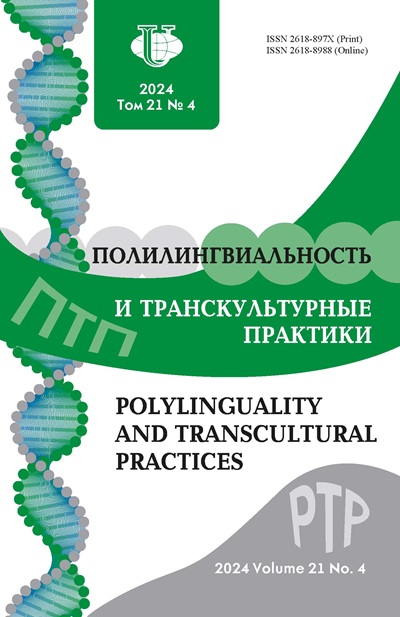Abstract
The article is devoted to the actual problem of the representation of subjective modality in a transcultural literary text. It provides a brief overview of scientific information about mode and dictum, about the types of modus words, the specifics of the linguistic personality of a nonnational writer. The purpose of this article is to determine the main ways of expressing modus meanings in a literary text and their features. The following methods and techniques were used: structural-semantic analysis, contextual, descriptive method, etc. Particular attention is paid to the description of complex sentences with explanatory clauses as an effective way of explication of modus meanings, through which the unique worldview and worldview of the writer / poet, the features of his national consciousness are revealed. In order to illustrate the results of the study, the authors used fragments from the works of modern Russian-speaking writers of Kazakhstan.















